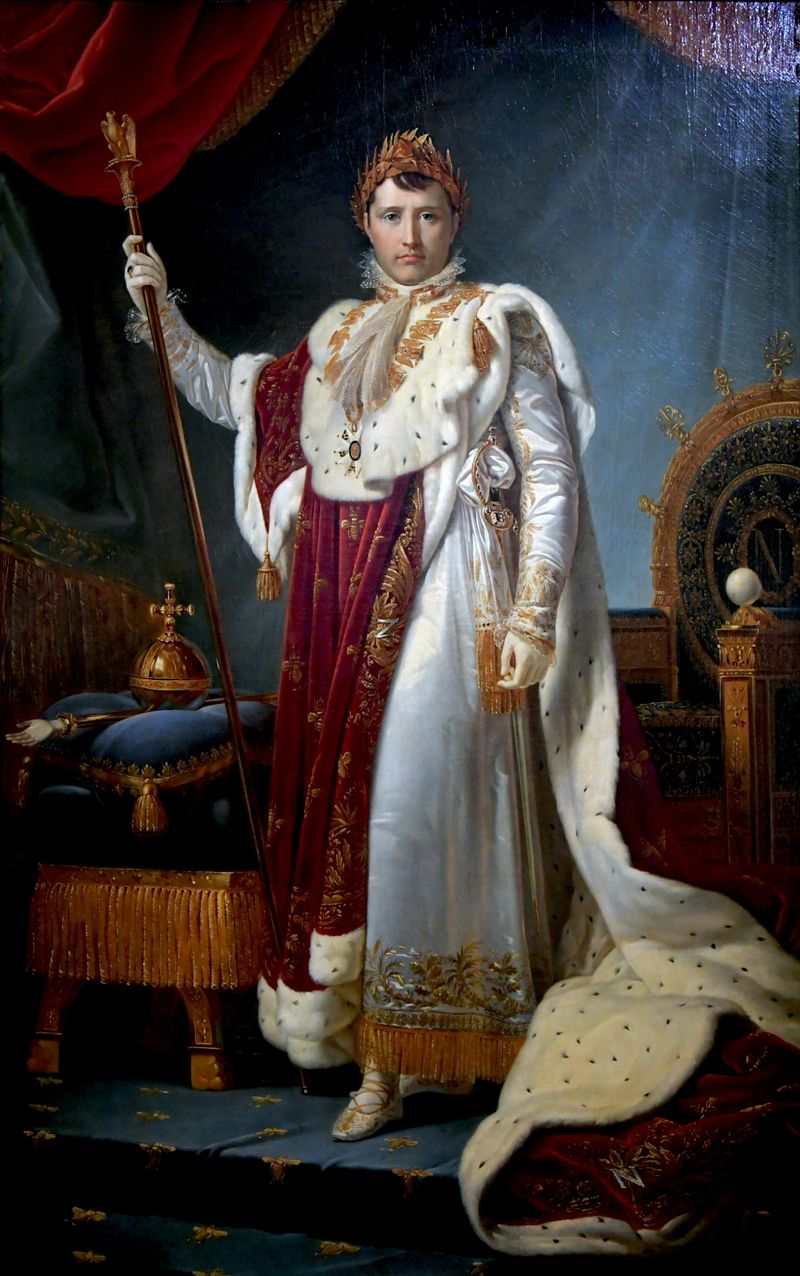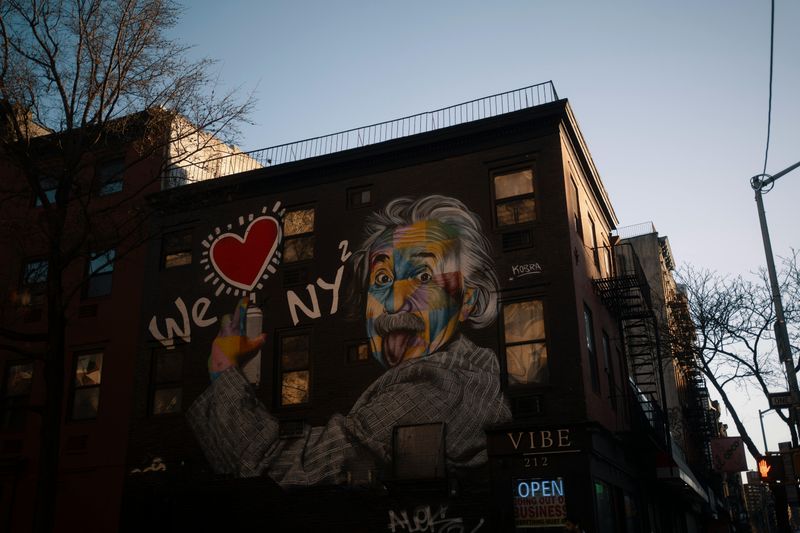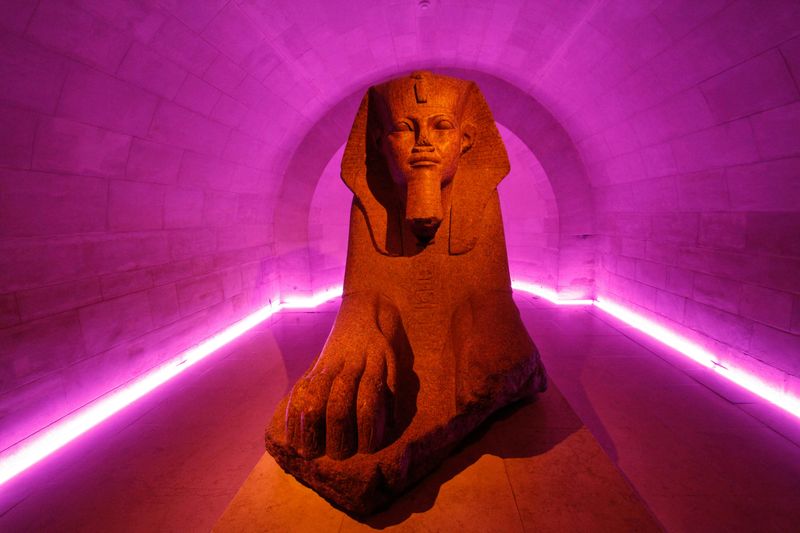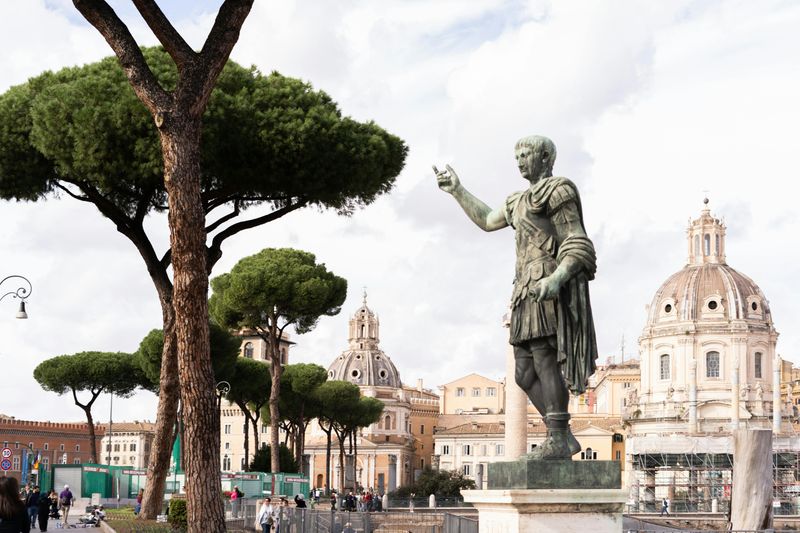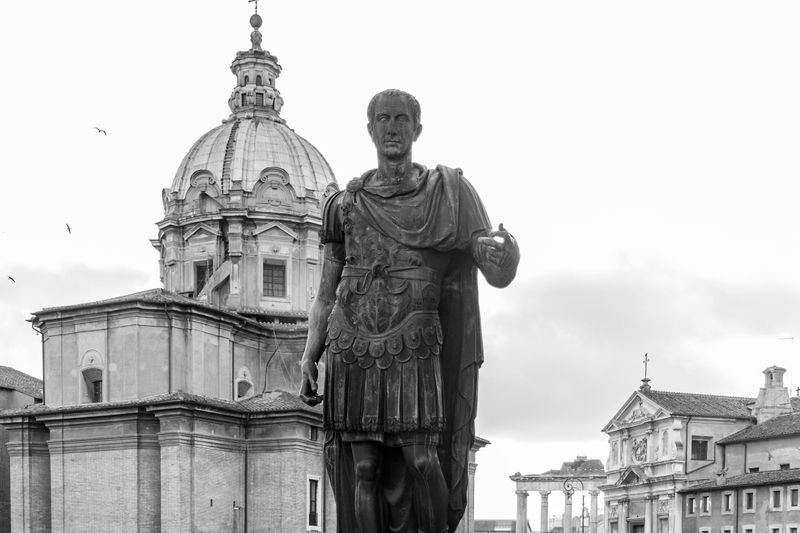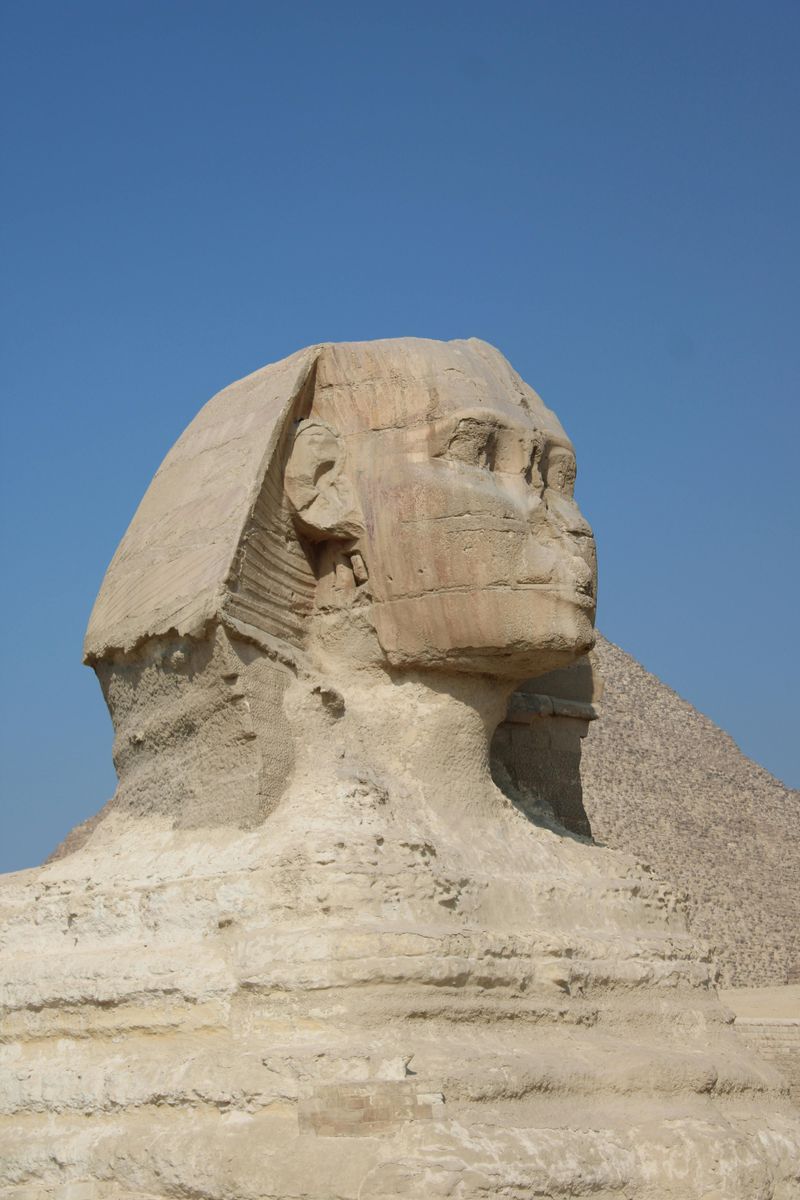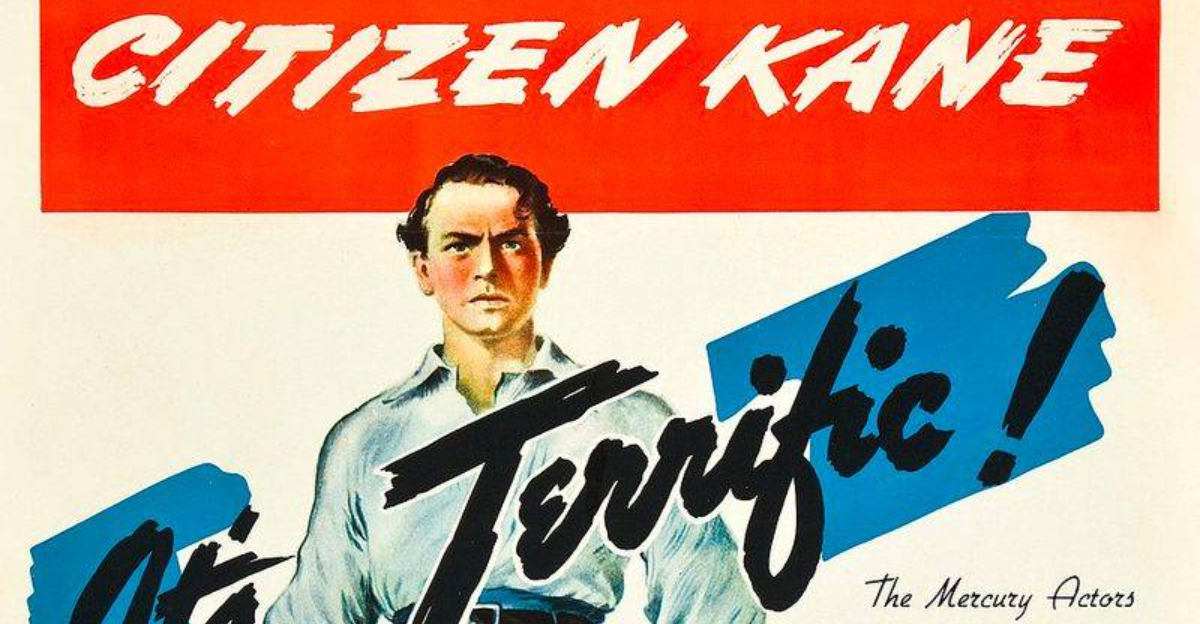15 Fake Historical Myths People Swear Are True
History is packed with jaw-dropping stories – but not all of them actually happened. Some of the “facts” we grew up hearing are pure fiction, passed down and polished until they sound believable.
From legendary rulers to world-changing inventions, many of these tales have been proven false over time. (For accuracy, this list references information from Wikipedia’s “List of common misconceptions about history.”)
1. Vikings Wore Horned Helmets
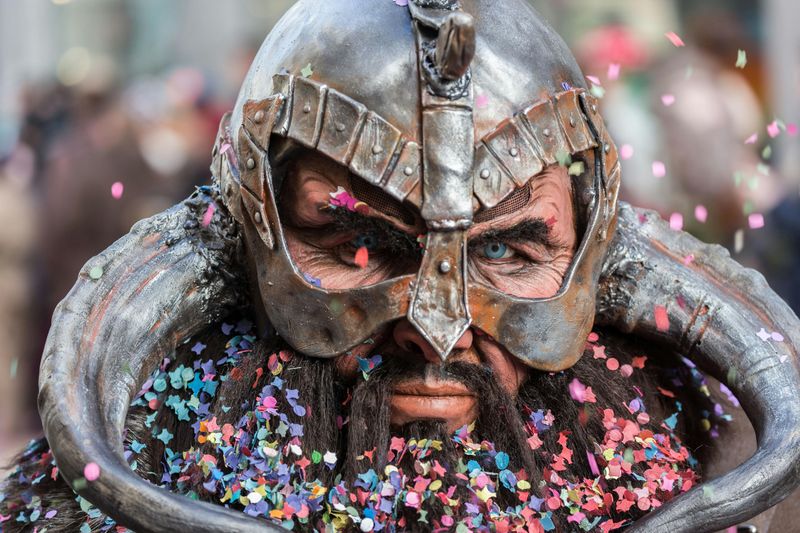
Picture a fierce Viking warrior charging into battle. You probably imagined horns on that helmet, right? Wrong!
No archaeological evidence supports this popular image. Those fancy horned helmets were actually invented by costume designers for 19th-century opera productions. Real Vikings wore simple, practical helmets that protected their heads without the silly decorations that would have made combat dangerous and awkward.
2. Napoleon Was Extremely Short
Everyone calls short guys Napoleon as an insult, but here’s the twist: he wasn’t even short! At 5’7″, Napoleon was actually average height for French men of his era.
The confusion came from differences between French and British measurement systems. British propaganda also exaggerated his small stature to mock him. His nickname “le Petit Caporal” meant “little corporal” as a term of endearment, not an actual description.
3. People In Columbus’s Time Thought Earth Was Flat

Columbus didn’t shatter any “flat Earth” myths – educated minds already knew it was round long before his voyage. Ancient Greeks like Aristotle and Eratosthenes had settled that debate centuries earlier. Arguments in Columbus’s time swirled around distance, not shape. His math? Way off. Winds snapped sails and salt clung to skin as rations ran thin. Lucky for him, an entire continent waited to save a miscalculation from turning into a ghost story at sea.
4. Marie Antoinette Said Let Them Eat Cake
This infamous quote supposedly shows how out-of-touch Marie Antoinette was with starving French citizens. However, there’s zero proof she ever said it!
The phrase appeared in writings before Marie was even born. Philosopher Jean-Jacques Rousseau mentioned it years earlier, attributing it to an unnamed princess. Despite lacking evidence, this myth stuck to Marie’s reputation like, well, frosting on cake. Revolutionary propaganda worked wonders back then.
5. Einstein Failed Math In School
Algebra feeling like a tangled mess? Folks love to say Einstein failed math, but that’s pure fiction. Numbers came easy to him – he was breezing through calculus before most teens finished fractions. Chalk dust filled classrooms while he scribbled equations faster than teachers could blink. Confusion came later, when Germany flipped its grading system and report cards seemed backward. Even Einstein laughed about it, proof that brilliance doesn’t bloom from failure – it thrives on curiosity and play.
6. The Great Wall Of China Is Visible From Space
Astronauts have repeatedly debunked this popular claim. From low Earth orbit, the Great Wall is nearly impossible to spot with the naked eye because it’s too narrow and blends with natural terrain.
What you can see from space? Cities, highways, and airports are much more visible. Chinese astronaut Yang Liwei confirmed he couldn’t see the wall during his 2003 mission. Though impressive, the Great Wall isn’t quite space-visible superhero material!
7. Salem Witches Were Burned At The Stake
Movies love showing witches burning dramatically, but Salem’s accused witches weren’t burned. That execution method was popular in Europe, not colonial America.
Of the twenty people executed during the Salem witch trials in 1692, nineteen were hanged and one man was pressed to death with heavy stones. Nobody burned. The trials were tragic enough without Hollywood adding extra horror. Historical accuracy matters, especially when remembering innocent victims of mass hysteria.
8. Ben Franklin Discovered Electricity With A Kite
Franklin’s kite experiment is legendary, but he didn’t “discover” electricity. Ancient civilizations knew about static electricity, and scientists before Franklin had studied it extensively.
What Franklin actually proved was that lightning is electrical in nature. His experiment was incredibly dangerous and could’ve killed him. Some historians even debate whether he actually performed it! Either way, Franklin’s contributions to understanding electricity were groundbreaking, just not quite as simple as the myth suggests.
9. People In The Middle Ages Never Bathed
Forget the idea of grimy peasants trudging through muck. Medieval life carried the scent of herbs, soap, and warm water drifting from busy bathhouses.
Laughter echoed as friends soaked and shared stories, while clean linen and mint leaves kept bodies fresh. Hands met water before every meal, proving hygiene wasn’t some modern invention. Only when plague fears rose did baths fade away – until then, folks smelled far more like lavender than legend.
10. Cleopatra Was Egyptian
Cleopatra ruled Egypt, so she must’ve been Egyptian, right? Nope. She was actually of Greek Macedonian descent, part of the Ptolemaic dynasty that ruled Egypt after Alexander the Great’s conquest.
Her ancestors were Greek generals who became pharaohs. Cleopatra was the first in her family to even learn the Egyptian language, though she spoke multiple languages fluently. She embraced Egyptian culture brilliantly, but her bloodline traced back to Greece, not the Nile Valley.
11. The Pyramids Of Egypt Were Built By Slaves
Hollywood movies love showing thousands of enslaved people dragging massive stones to build Egypt’s pyramids. This dramatic image makes for great cinema but terrible history. Archaeological evidence tells a completely different story about who actually constructed these ancient wonders.
Workers who built the pyramids were paid laborers or farmers fulfilling their civic duty during flood season. They received food, shelter, and medical care. Archaeologists discovered workers’ villages near the pyramids with bakeries, breweries, and even hospitals.
12. Julius Caesar Was Born By Caesarean Section
Many people assume the Caesarean section surgical procedure got its name because Julius Caesar was born this way. It sounds logical, right? A famous Roman leader with a medical procedure sharing his name must be connected somehow.
Historical records prove this myth completely false. Caesar’s mother, Aurelia, lived for many years after his birth and remained active in his political life. During ancient Roman times, mothers almost never survived this dangerous surgery, which was only performed to save a baby when the mother had already died.
13. Julius Caesar Said Et Tu Brute As His Last Words
Shakespeare’s famous play has Caesar dramatically gasping “Et tu, Brute?” when he sees his friend Brutus among his attackers. This heartbreaking moment of betrayal has become one of history’s most quoted lines. Countless movies, books, and plays have repeated these supposedly final words.
No historical evidence supports that Caesar actually said this phrase. Ancient historians who documented the assassination never mentioned these words. Some sources suggest Caesar said nothing at all, while others claim he spoke in Greek, not Latin, saying something entirely different.
14. The Great Sphinx’s Nose Was Shot Off By Napoleon’s Soldiers
According to popular legend, Napoleon’s army used the Sphinx for target practice in 1798, blowing off its nose with cannon fire. This story paints French soldiers as disrespectful vandals destroying ancient treasures. Tour guides in Egypt sometimes still repeat this tale to visitors, making it seem like established fact.
Drawings made before Napoleon was even born show the Sphinx already missing its nose. A sketch from 1737 clearly depicts the damaged face decades before Napoleon arrived in Egypt. Historical records suggest a religious fanatic named Muhammad Sa’im al-Dahr destroyed the nose in the 1300s because he considered the statue blasphemous.
15. Betsy Ross Designed The First U.S. Flag
Every American schoolchild learns about Betsy Ross sewing the first American flag in her Philadelphia shop. The story includes George Washington himself visiting her with a design sketch, asking for her expert needlework. This patriotic tale has inspired paintings, stamps, and even a house museum dedicated to her memory.
Historians have found zero evidence that Betsy Ross created the first official American flag. The story didn’t appear until her grandson told it in 1870, nearly a century after the supposed event. No documents from the Revolutionary War period mention her involvement with flag-making for the new nation.

